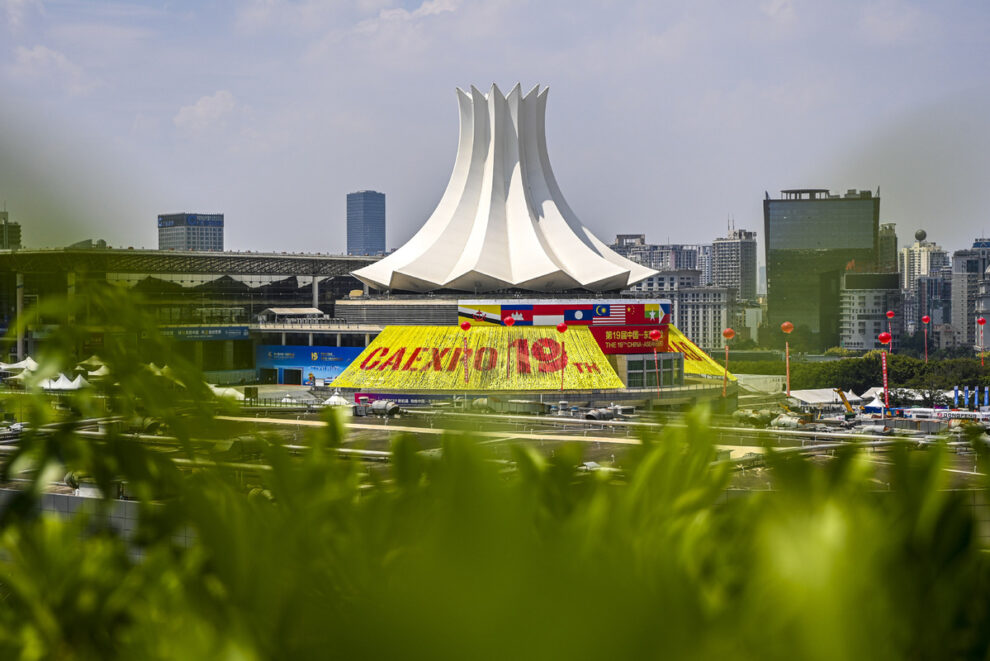ASEAN should have its own role to play as the world is facing more major challenges than ever before and mold the region to be inclusive, prosperous, sustainable and peaceful, experts said at a recent forum.
“A changing world is underway, which is full of risks, unpredictable future and dangers. The world order is also different with a single power no longer at the center. So ASEAN countries should think beyond their own,” said Suthiphand Chirathivat, professor of economics and Executive Director of the ASEAN Studies Center at Chulalongkorn University.
The center launched Chula-ASEAN Academic and Civil Society Forum this week in Bangkok, with tens of global experts sharing their thoughts on the ASEAN regional issues covering a wide range of topics, including economy, environment, civil rights and regional security.
“Challenges to us are complex, such as climate change, poverty, health crisis and wars. Geopolitical tensions are coming back strongly and it’s time for ASEAN to re-imagine a new changing world order and integration,” said Suthiphand.
Amitav Acharya, Professor of International Relations at American University, Washington, D.C, said now the world is in situation that differs from anytime in the past 200 years. “The world is seeing tussles not only between the South and North, or between a few major powers, but also with other emerging powers,” he said.
“We are in a non-hegemonic or de-centralized world, which is marked by political and ideological diversity, where interdependence and cooperation occur at multiple levels, both global and regional. Now, we are seeing the decline of the West and rise of the rest,” Amitav said.
In 2001, gross domestic product (GDP) of the US was eight times that of China, whereas by 2020, it was 1.3 times, according to the World Bank. Moreover, China’s GDP at purchasing power parity (PPP) per capita was reported to overtake the US in 2016.
International Monetary Fund also revealed that developing countries share of world GDP rose from 34.6 percent in 2010 to 42.1 percent in 2021. Also, share of South-South trade in the world merchandise trade jumped from less than 8 percent in 1980 to about 26 last year.
In addition, the US National Intelligence Council estimated that Asia is projected to account for approximately 35 percent of global GDP, with India and China as the largest contributors at 29 percent of global GDP in 2024.
“ASEAN countries should stop taking the US as the only platform for cooperation. Instead, they should develop more internal capacity and power in all dimensions with professional resources, and get involved more in the management of global issues,” Amitav said. He also took the APEC summit held in Thailand last year as a good attempt.
In response to the common concern on how to make ASEAN’s development strategy happen, Philip Schellekens, Chief Economist for Asia and the Pacific under the United Nations Development Programme, emphasized that governments’ efforts are crucial.
“First, governments should focus on how to generate jobs and approach these new drivers of economic growth. We need to embrace technological change, even though it may be job reducing. There needs to be complementary and compensatory policies to building competitiveness. It means enhancing the capabilities for innovation, talent, technology and finance,” he explained.
Secondly, he said it is important to enable the drivers of innovation, improving exposure to external competition. “None of these tensions between the US and China are new. We saw the same thing with Japan several decades ago. The question is how can ASEAN benefit from the geopolitics?” Schellekens said.
He suggested that ASEAN countries should connect better to fast growing external markets as the IMF estimated that 90 percent of global middle-class growth will come from ASEAN in the next few years.
“Also, China is going to double down on innovation, leading growth on automation. There will be more sustainable footing and China may increase their assets in ASEAN, which is a silver lining for the region,” he said, adding that ASEAN should be more focused on the human dimension, current and future generations, and the inclusion sustainability agenda than just economic growth.
While some experts shared their insights and suggestions on the region’s political and economic strategy amid the world changes, others also emphasized the power of culture and personnel communications.
“ASEAN should own its presence at the world stage as an entity as we share same value of culture, life and society. We also have similar recognition on our identity due to the geographical condition and history and we should take the advantage of that,” said Vongthep Arthakaivalvatee, Former Deputy Secretary-General of ASEAN for Social-Cultural Community.
Apart from enhancing person-to-person exchanges for a stronger connection, he also believes that ASEAN should be more proactive in terms of handling global issues, for example, taking the lead of the global efforts on climate change and environment protection.
Source : China Daily










